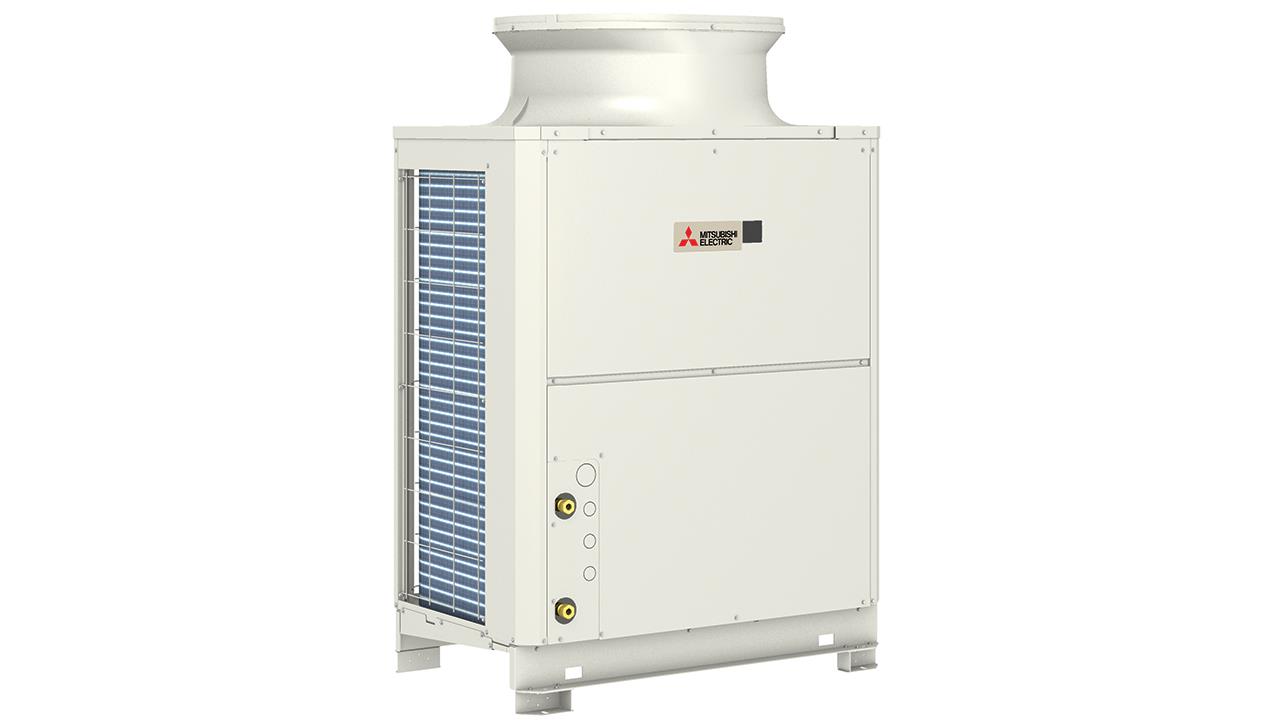

In 2019, the UK became the first country in the world to set a target of achieving net-zero greenhouse gas emissions by 2050. As a result, owners and managers of commercial buildings, among many others, are increasingly faced with new standards, legislation, and regulations aimed at improving the energy efficiency of their premises.
This represents an opportunity for them to consider new approaches to the design and operation of their buildings, and could encourage the adoption of low carbon building service technologies for commercial spaces on a wider scale.
When assessing the carbon impact of a building, heating is an important factor to consider. With heating accounting for 37% of total UK emissions, according to government figures, it is a crucial target for decarbonisation. Technology, in the form of heat pumps, for example, is part of the answer to heating commercial buildings in an energy efficient, sustainable way.
The current landscape
The UK government has already begun implementing regulations to help decarbonise commercial buildings. Proposals such as the Ten Point Plan for a Green Industrial Revolution last year, and the Green Growth Strategy in 2017 – both of which prioritise technologies using renewable energy – all point to plans to achieve net-zero.
However, legislation specifically targeting the provision of heat to commercial buildings needs to be considered.
Legislation, such as Part L of the Building Regulations, offers an important opportunity to raise standards in existing and new buildings. With anticipated updates including weightings that reflect the UK’s move to renewables for generating electricity, the legislation could put greater emphasis on electric heating and hot water systems when calculating carbon emissions from buildings.
The implementation of Minimum Energy Efficiency Standards (MEES) has also made it illegal to let properties with an Energy Performance Certificate rating below a band ‘E’, and the Non-Domestic Renewable Heating Incentive has been extended to 2022, while embodied carbon in commercial buildings is coming under growing scrutiny.
All of these need to be considered when investing in a hot water and heating solution for a commercial building.
Heat pumps are the answer
Heat pumps can help meet the challenge of producing hot water more efficiently. So far, heat pumps have been most effective for supplying low temperature space heating, however, high temperature heat pumps have now entered the market, offering hot water supply of up to 90°C. This makes them a great option for buildings where there is a high demand for sanitary hot water at peak times, such as hotels, hospitals, and leisure centres.
Other heat pumps can offer a more modular approach, allowing for multiple units to operate in a single system that can cascade available units on and off to meet the load from a building.
Heat recovery systems that make use of heat pump technology can also be particularly useful for mixed-use developments or large offices, where heat profiles vary more widely. These enable heat to be captured from the cooling process to heat other areas of the building.
While there is no single ‘silver bullet’ solution for a challenge on the scale of national carbon emissions reduction, heat pumps are a well-known, tested, and scalable technology.
There can be little doubt that, as a ready-to-go technology, they offer a genuine alternative to current space heating and hot water approaches.
Key considerations
There are a number of different areas to consider when applying heat pumps for commercial hot water. Just like understanding whether the hot water usage profile will be steady across the day or experience peaks, volume and temperature requirements will dictate the correct sizing of the system.
For example, Mitsubishi Electric recommends that with its high temperature Ecodan QAHV heat pump, the sanitary hot water load should be achieved at the lowest required design ambient temperature where the heat pump is located. This is so that the system can be sized to achieve the target hot water temperature efficiently in a suitable timeframe.
As we move towards a net-zero future, heating is a critical area that we can’t afford not to prioritise. This new target, combined with sustainable technology, provides an opportunity for building professionals to rethink the way commercial spaces are heated.
Transitioning to renewable energy for heating will not only help reduce carbon emissions but ensure that buildings meet energy efficiency standards.
If you'd like to keep up-to-date with the latest developments in the heating and plumbing industry, why not subscribe to our weekly newsletters? Just click the button below and you can ensure all the latest industry news and new product information lands in your inbox every week.